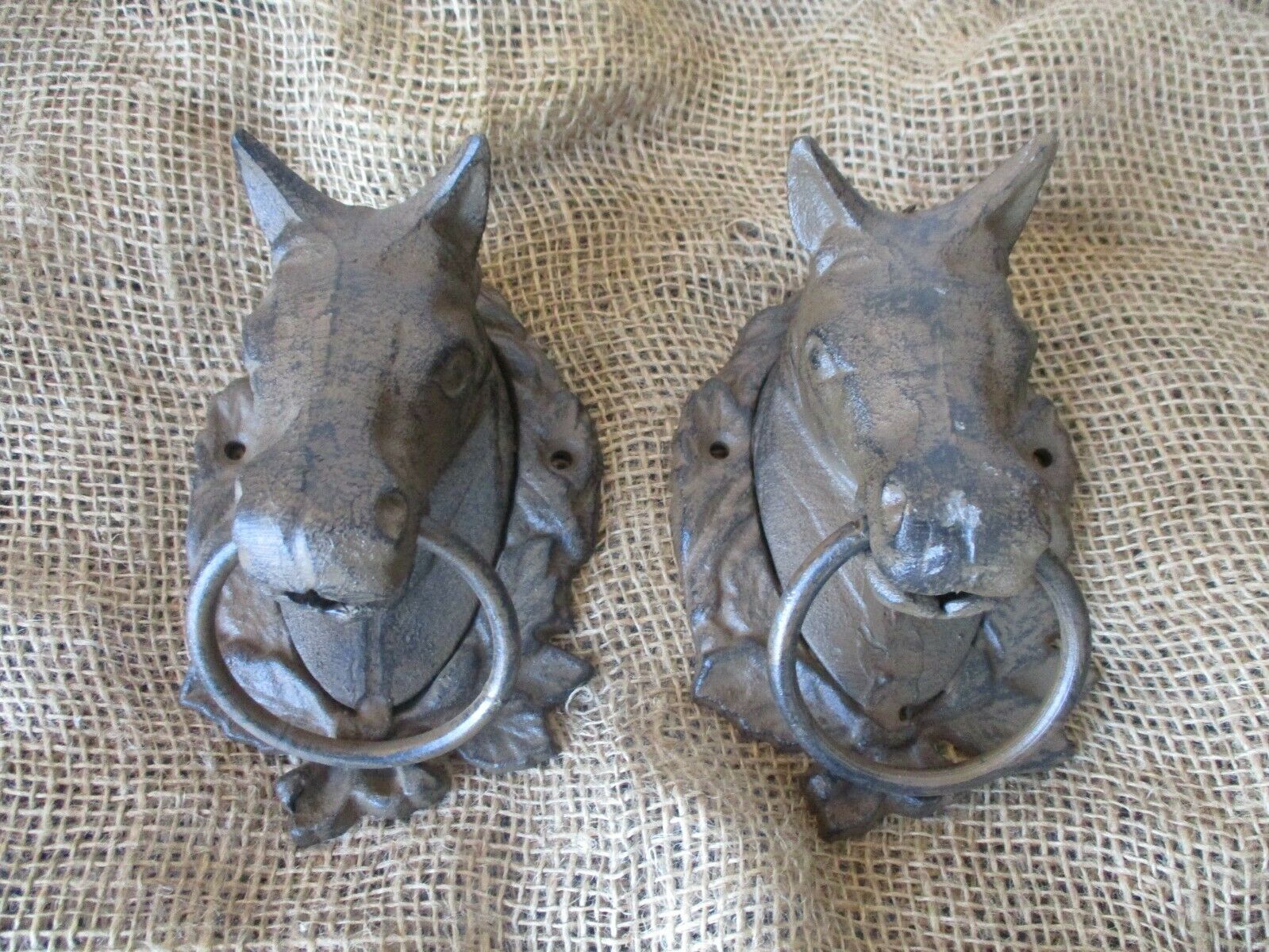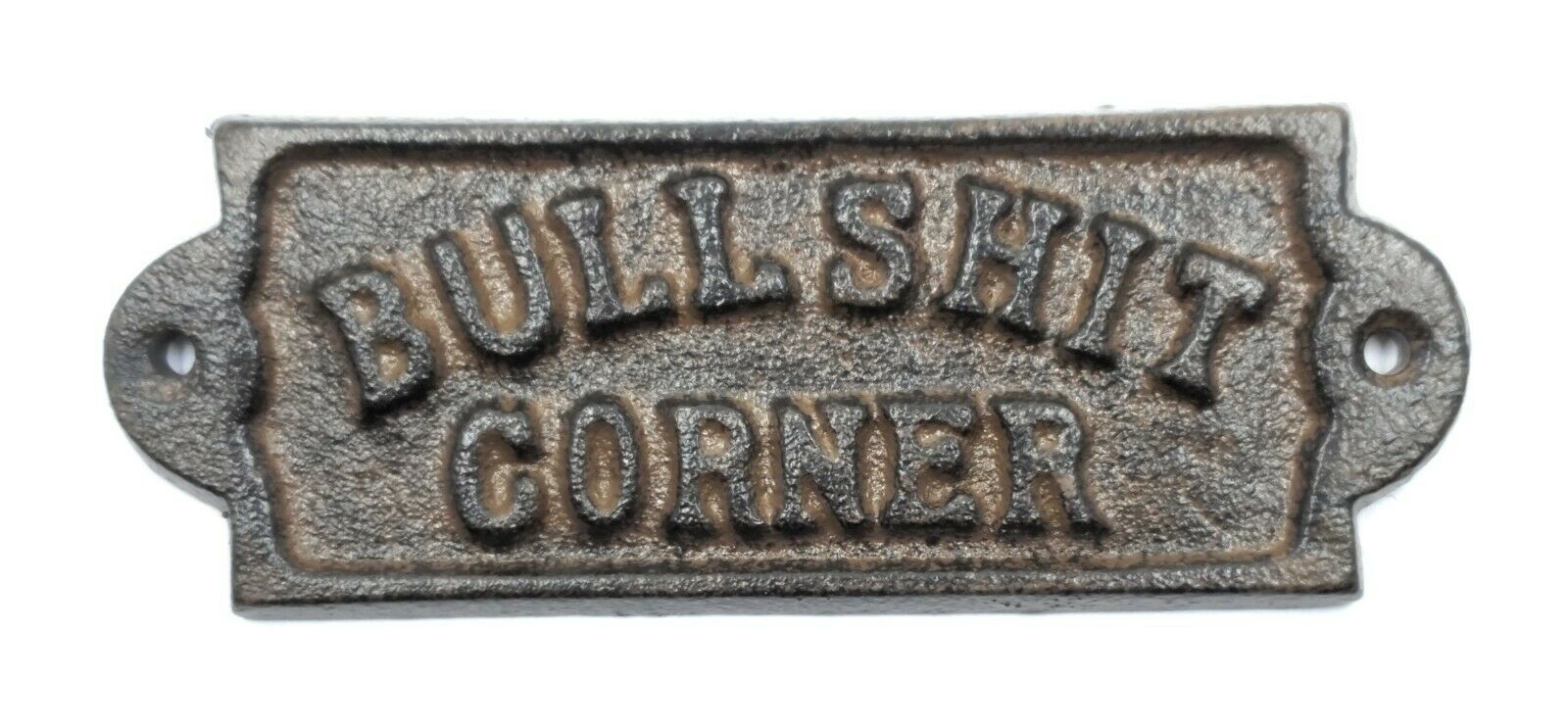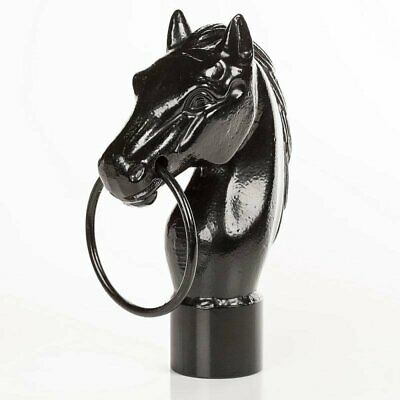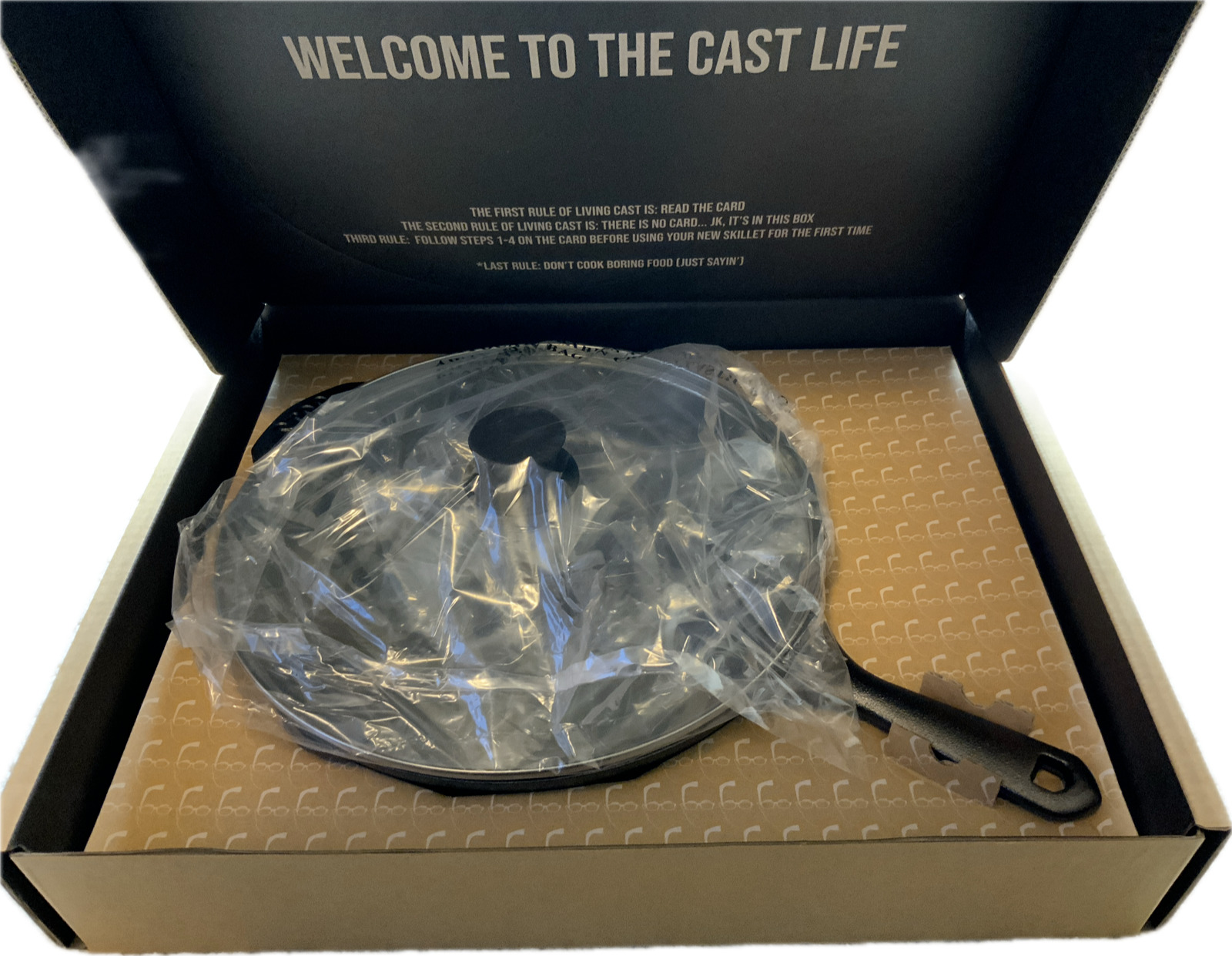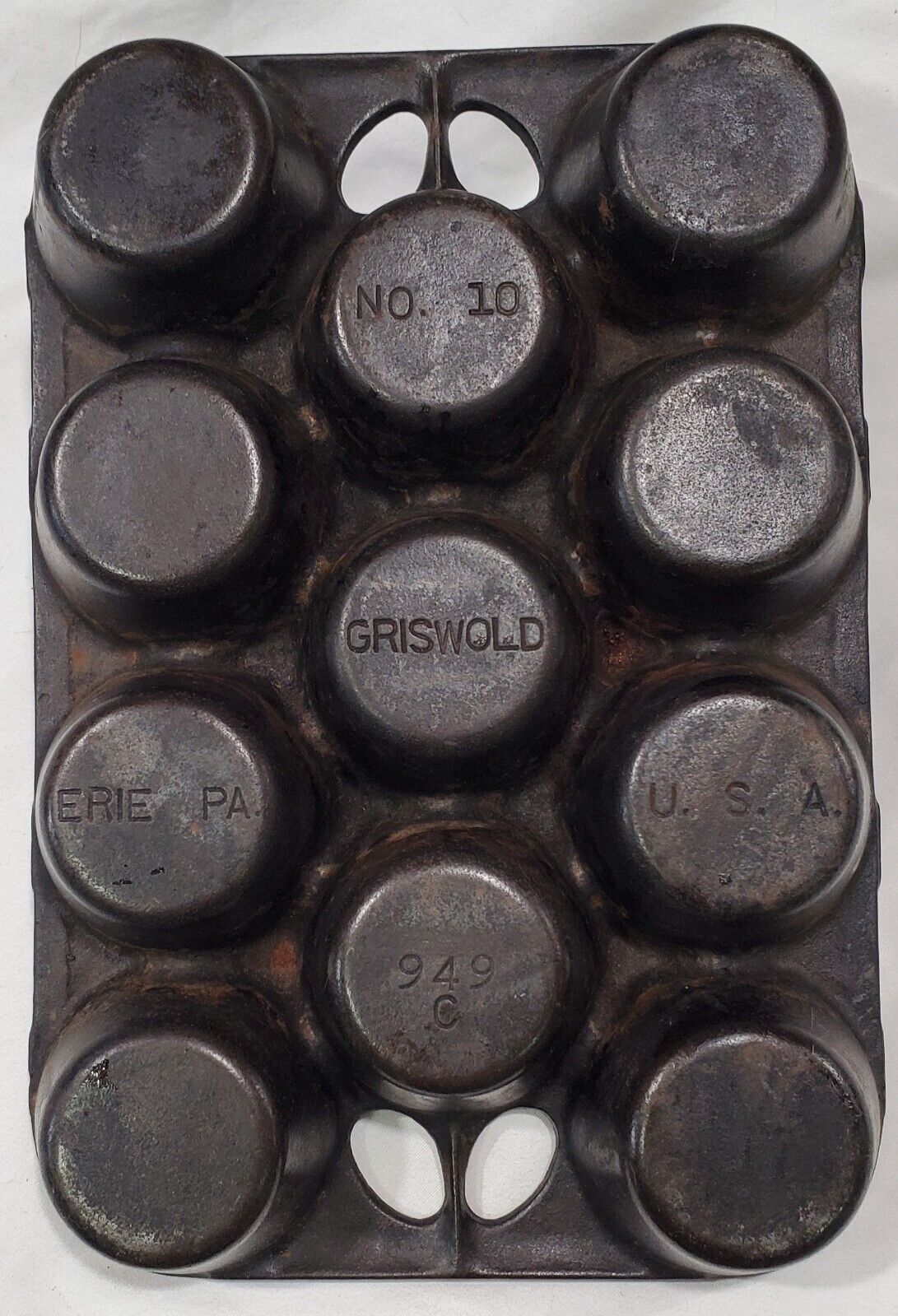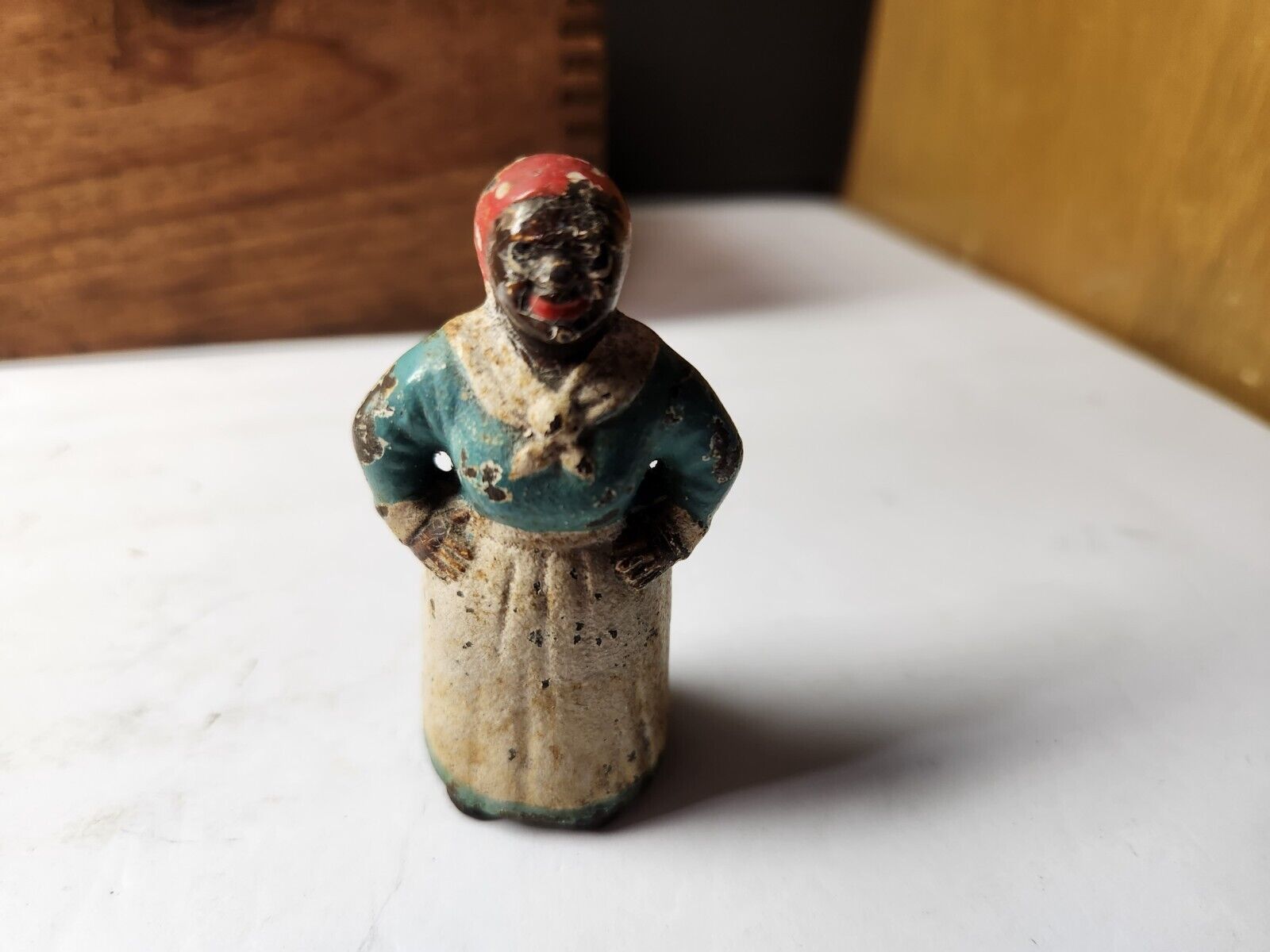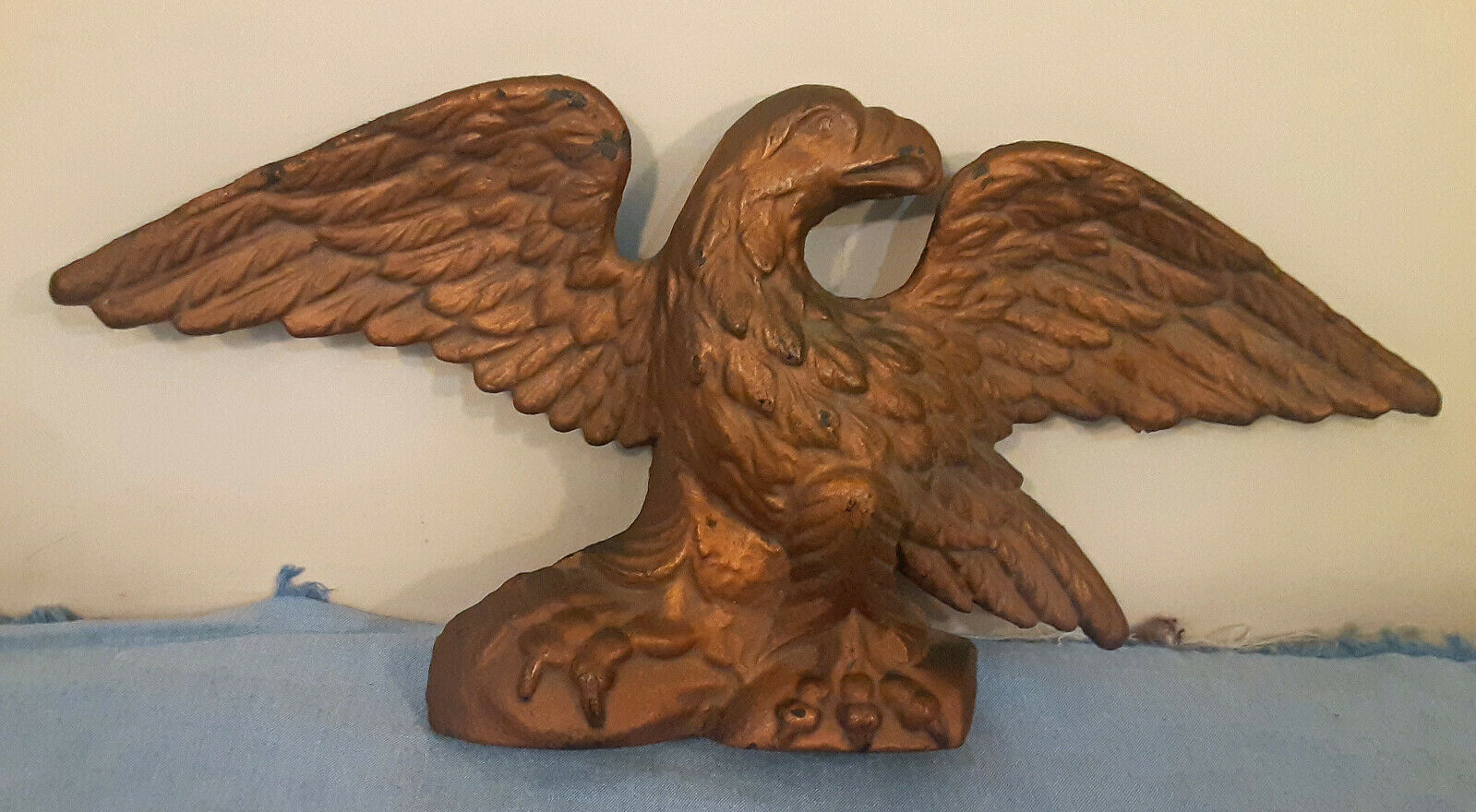-40%
Antique Cast Iron Doorstop Peacock in Full Plumage
$ 52.8
- Description
- Size Guide
Description
Antique Cast Iron Doorstop Peacock in Full Plumage. This doorstop is generally attributed to Hubley but could be another old foundry such as Albany or Littco. Measures 6 1/4″ tall and 6 1/2″ wide; weighs a massive 5.5 pounds. OK – when you are lucky enough to find a peacock doorstop like this there is always much more paint wear, often virtually all the paint is worn off. I believe the paint is all original. At some point someone dripped some white paint on the piece. The same doorstop can be found on page 95 of The Doorstop Encyclopedia by Smith. Guaranteed genuine old vintage as described. Perhaps the only thing more welcoming than an open door is a brightly colored cast-iron doorstop holding it ajar. Like the best collectibles, these seemingly indestructible household objects are as visually appealing as they are practical, adding a bit of charm and whimsy to any home. Doorstops first appeared in England in the late 1700s. Made of cast brass, they were used to help prop open the heavy English doors, allowing air to better circulate through homes. The earliest doorstops had wooden handles so they could be easily moved. Handles disappeared in the 19th century; by then, cast iron had replaced brass. Most doorstops you'll find today were likely made in America sometime between the turn of the last century and 1940. They hit their peak of popularity during the 1920s and 30s. It is hard to determine the age of a doorstop simply by its design, as some of the most popular styles were manufactured for decades. Motifs were numerous: rose-covered cottages, ships, lighthouses, windmills, covered wagons, trains, baskets of flowers or fruit, ladies in fine dress, children, gnomes, holiday and fairy-tale figures, cats, dogs, cartoon characters, and more. Nearly all examples featured brightly colored enamel paint. Manufacturers included Hubley in Lancaster, Pennsylvania; Bradley & Hubbard in Meriden, Connecticut; Wilton Products Inc. In Wrightsville, Pennsylvania; Albany Foundry in Albany, New York; and A. Greenblatt Studios in Boston. Most makers ceased production with the onset of World War II, but not all: John Wright Co. In Wrightsville, Pennsylvania, now reproduces some of the original Hubley patterns. Though age is not the determining factor in assessing the value of a doorstop, a reproduction of an earlier pattern is worth a fraction of the price of the original. Condition, paint surface, and rarity of the design are very important to collectors. Rust and repainting can drastically affect values. The best advice for determining whether a doorstop is truly vintage, not reproduction, is to examine the surface closely. Does the wear look inconsistent with use? Is the paint too shiny? Run your hand over it a real vintage doorstop will feel smooth, whereas a reproduction will have a rough, sandy surface. Also, seams on reproductions are often mismatched, and pieces are sometimes painted on the back side. Original manufactures never were.Type: Doorstops
Primary Material: Cast Iron
Original/Reproduction: Original




